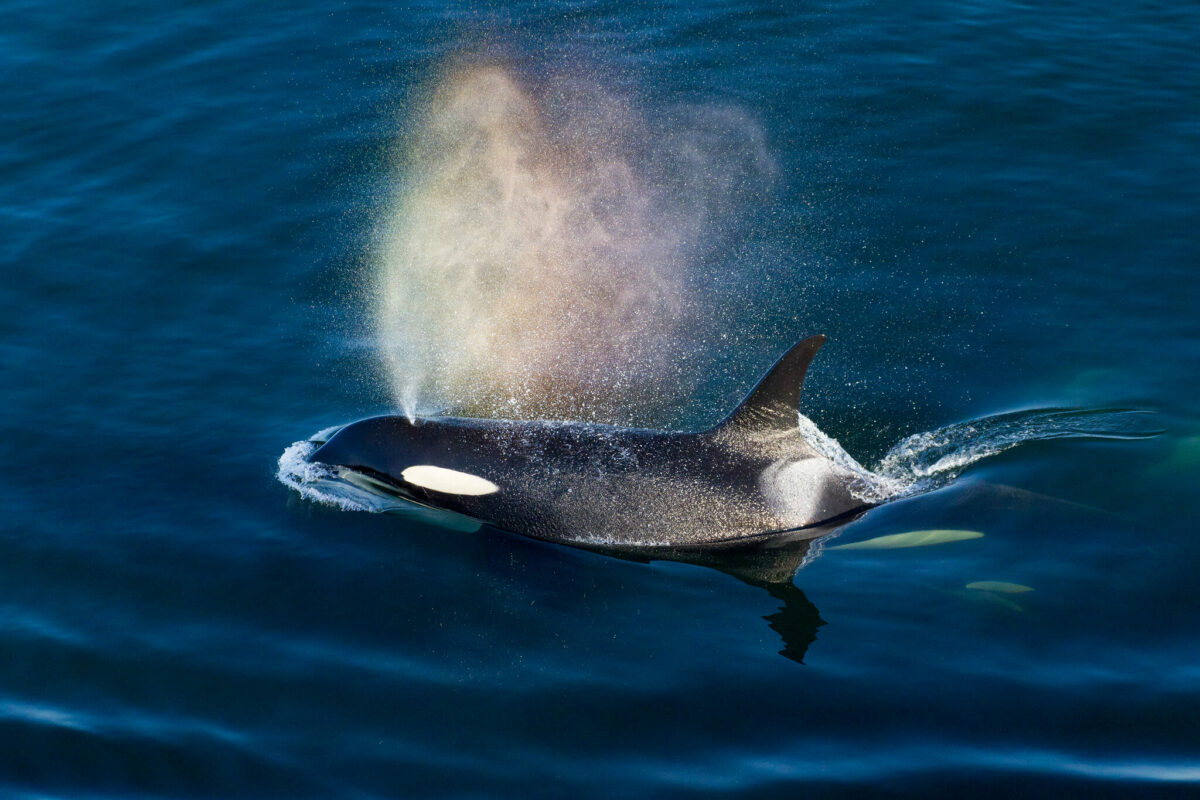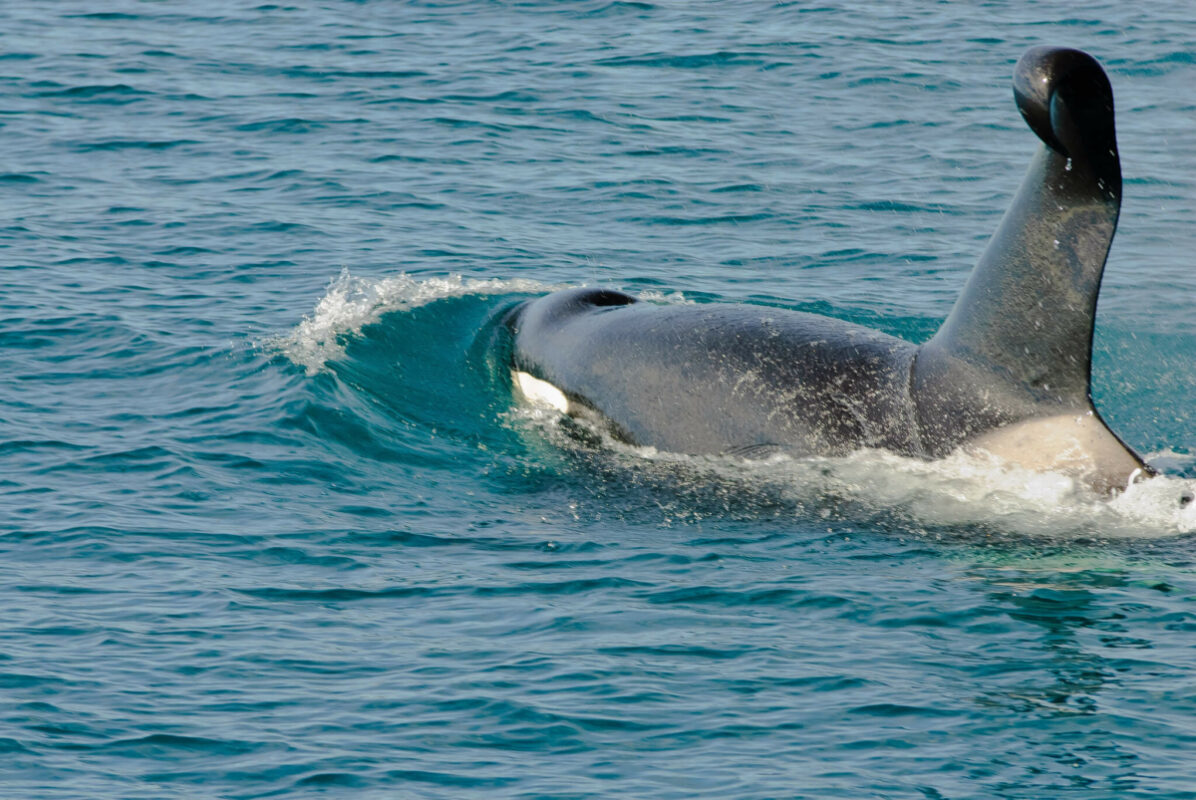Orcas, often known as killer whales are top marine predators that inhabit all seven oceans around the world.
These fascinating marine mammals are incredibly intelligent and are known for their distinct black-and-white appearance.
The white spots that dot the orca’s skin serve an important function for these predators that helps them in a number of ways.
In this post, we’re going to answer why do orcas have white spots and delve deeper into the various theories about the purpose of these spots.
This post will deeper your understanding of orcas and their unique appearance and give you a newfound appreciation for these magnificent animals.
So let’s get to it…
Why Do Orcas Have White Spots?
The primary reason why orcas have white spots is that it serves as a camouflage that helps them stay undetected by their prey.
Being white on the bottom and black on the top helps the orcas blend into their natural habitat as prey below them may assume that it’s sunlight being reflected and not a hungry orca.
This makes orcas less visible from both above and below, allowing them to get close to their prey without being noticed.
Additionally, the white spots of an orca may play a role in identification among orcas and social communication, as each orca has a unique pattern of spots.
The spots can vary in size, shape, and location on the body and may change drastically as the orca ages.
This not only helps scientists keep track of orcas and reliably identify them within a pod, but also helps each orca recognize one another.
How Do White Spots Help Orca Catch Prey?
In the wild, camouflage is incredibly important. It allows predators to sneak up on their prey undetected before closing in for the kill.
When orcas hunt seals, penguins, octopuses, or the many other preys they devour, their white spots may mean their prey doesn’t notice them.
Prey that lives on land, such as penguins or sea lions may not see the orcas swimming up to them due to their black appearance.
From above, the orcas blend in with the sea floor, and from below the orca’s white spots make them look like natural sunlight.
This means that prey that lives on the seafloor such as octopuses and stingrays may presume that these white spots are simply the sun being reflected, and allow the orcas to get closer.
The white spots of an orca also help disrupt the outline of its body shape, making them more difficult for prey to detect.
As a whole, orcas’ white spots play a significant role in concealing them from prey.
Do All Orcas Have White Spots?
Yes, all orcas do have white spots. They have two white “eye patches” located slightly above each eye, a white underbelly, and a white saddle patch that is located just behind their dorsal fins.
Contrary to popular belief, their eyes are not the white patches on the orca’s head, instead, they have very small eyes located just below the white eye patch.

Whilst all orcas do have white spots, the spots can change shape, size, and location based on the orca’s age and environment.
Different ecotypes of orcas have different patterns when it comes to their white spots, for example, transient orcas’ eyepatches slant downwards whilst resident orcas’ eyepatches slant upwards.
White spot variations change slightly between orca ecotypes, but it’s true that all orcas do have white spots.
Why Do Orcas Eyes Turn Red?
Orcas’ eyes can be numerous colors which include blue, brown, or black, but sometimes they may appear to be red, making them look evil and sinister.
The reason for this is similar to why humans sometimes have red eyes, because of the presence of blood vessels in their eyes.
This can happen for many reasons, including when they are stressed and emotionally upset which seems to happen more often in captive orcas.
Wrapping Up
In summary, orcas have white spots because these spots are a natural form of camouflage that helps them remain hidden from predators.
From above, the orcas blend in with the ocean and from below, prey can’t tell the difference between an orca’s white spots or sunlight being reflected.
This makes it the perfect camouflage for these ocean predators that hunt a wide variety of animals that live on land in the ocean.
Whilst scientists are still working to fully understand the orca’s white spots, it’s clear that they play an important role in the success of these predators.
Thanks for taking the time to read this post today and learn more about orcas.
Catch you in the next one!

Hi, I’m George – the founder of MarinePatch. I created this blog as marine wildlife has been my passion for many years. I’ve spent over a decade in the marine wildlife industry and spent years out in the field conducting research. In today’s modern world, an online blog is the best place for me to share my findings and reach as many people as possible to help educate and inspire others. Enjoy your time here and you’re welcome back anytime!

